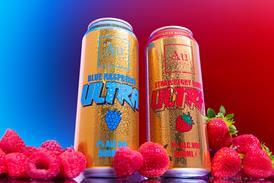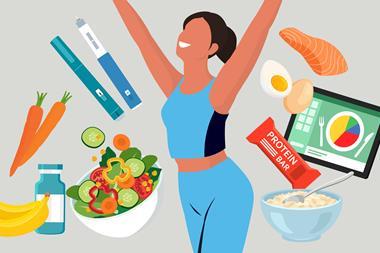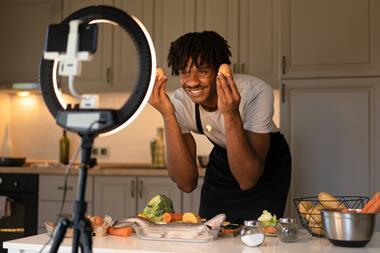
At the start of the year, government announced a major u-turn on restrictions on high fat, salt, and sugar (HFSS) products.
It significantly tightened the rules surrounding the advertising, packaging, promotion and merchandising of these products, with health secretary Wes Streeting declaring obesity was “robbing kids of a good start in life” and “costing the NHS billions”.
It’s put the food, drink and ad industries into something of a tailspin.
But it’s not all doom and gloom. On one level, it’s simply right that we protect children from this sort of promotion. On another, this legislation is not new. It’s an extension of rules first introduced in 2022, and, since that original round, food and drink companies have been adept at launching HFSS variants of existing products, or new HFSS-compliant products to ensure relevance in those prime shelf locations.
Most fundamentally, however, this new round of HFSS legislation is an opportunity for food and drink companies. It’s a chance for them to find more honest and creative ways to talk about these products.
Regardless of legislation, consumer sentiment is gradually turning against unhealthy food, and producers need to find ways to change the conversation.
From foodies to pirates
The key here is to be frank: food and drink products that are high in fat, salt and sugar should not be a regular, major part of anyone’s diet. But equally, they should not be banned. They are occasional treats, and there’s much that brands can do with that positioning.
Get it right, and they could make an appeal to the foodie market. It’s not a ridiculous suggestion – in fact, it’s how these products are perceived on the continent. Fat, sugar and salt are not banned or even demonised. Instead, there’s a recognition that they need to be eaten consciously, but remain a valid part of a balanced diet.
This was the insight behind Good Food Deserves Lurpak, as well as how Lindt positions its chocolate as ‘the Swiss chocolatier’.
Beyond that, there’s much they can do to play on the ’naughty’ aspect. Do you remember what the parental advisory sticker did for hip-hop sales? Think about how getting “banned” could be flipped on its head. As Steve Jobs put it: “It’s better to be a pirate than join the navy.”
Everywhere you look in today’s culture there’s evidence of people’s hankering for that pirate vibe. See how crazy people go for bakery mash-ups, from the cronut to the fluffin. Or stroll through a late-night city centre – you’ll see more people in dessert bars than cocktail bars.
Then there’s mash burgers, triple-cooked chips as a pub menu norm, social media teeming with people sharing cakes topped with icing so elaborate it’s almost inedible, and of course the soaring popularity of the Netflix show ‘Is It Cake?’.
A route to premium
No longer able to rely on promotion and placement, as many have for decades, these food brands will need to work harder to get noticed in store. Whether they follow the foodie strategy or take the pirate approach, they’ll need to find creative ways to communicate responsible indulgence, without relying solely on ingredients.
It will probably have to involve richer, more sensorial designs that capture attention.
Get it right, and this could even turn into an opportunity to premiumise. This is already where much of the growth is taking place in food and drink right now. Look at biscuits: Cadbury, Fox’s, McVitie’s Signature, and M&S have all found success by making a virtue of how indulgent their premium ranges are – M&S proudly describes its biscuits as “more chocolate than biscuit”.
So, these brands need to stop hiding it – celebrate that they’re a treat. Amp up the flavour, relish the indulgence. At the very least, it should give them a rare opportunity to differentiate from own label, which only has the product itself to talk about.
And in the best-case scenario brands can move into the premium aisle, where they not only find the best margins but also the greatest dwell time.
From challenge to opportunity
Anyone who doubts that a negative brand association can be turned into a positive need only consider the example of Stella Artois, which shed its harmful association with football hooliganism by repositioning around ‘Reassuringly Expensive’. The brand took control of the narrative, and turned the negative into a positive.
HFSS looks like a challenge to the food and drink industry. But so did sustainability legislation not long ago. Innovators rose to that challenge, creating plant-based and net zero ranges which led to a new generation of planet-first brands – many of which now command a price premium – as well as packaging innovations, new formats material refills, and so on.
Both sustainable and plant-based used to mean you’d get less. It would be a compromise. Now sustainable means more engineered, streamlined, and desirable, while plant-based means more creative, bigger flavours, and more novelty.
The race is now on to see who can transform the HFSS challenge into an opportunity.
Ed Hayes, chief strategy officer at Bloom



















No comments yet